Wildlife Watching Guide
We’re so lucky to be surrounded by diverse wildlife in the UK. From impressive deer and sharks to smaller red squirrels and beavers, there's plenty of wildlife to discover. Along the coast, in our wonderful nature reserves and within our treasured national parks, you can see some of the most prized species in the UK.
Here’s our guide to seeing some of the best wild animals in the UK and an idea of where and when you can find them.
Spring | Summer | Autumn | Winter | Year Round
Wildlife to see in spring
Puffins
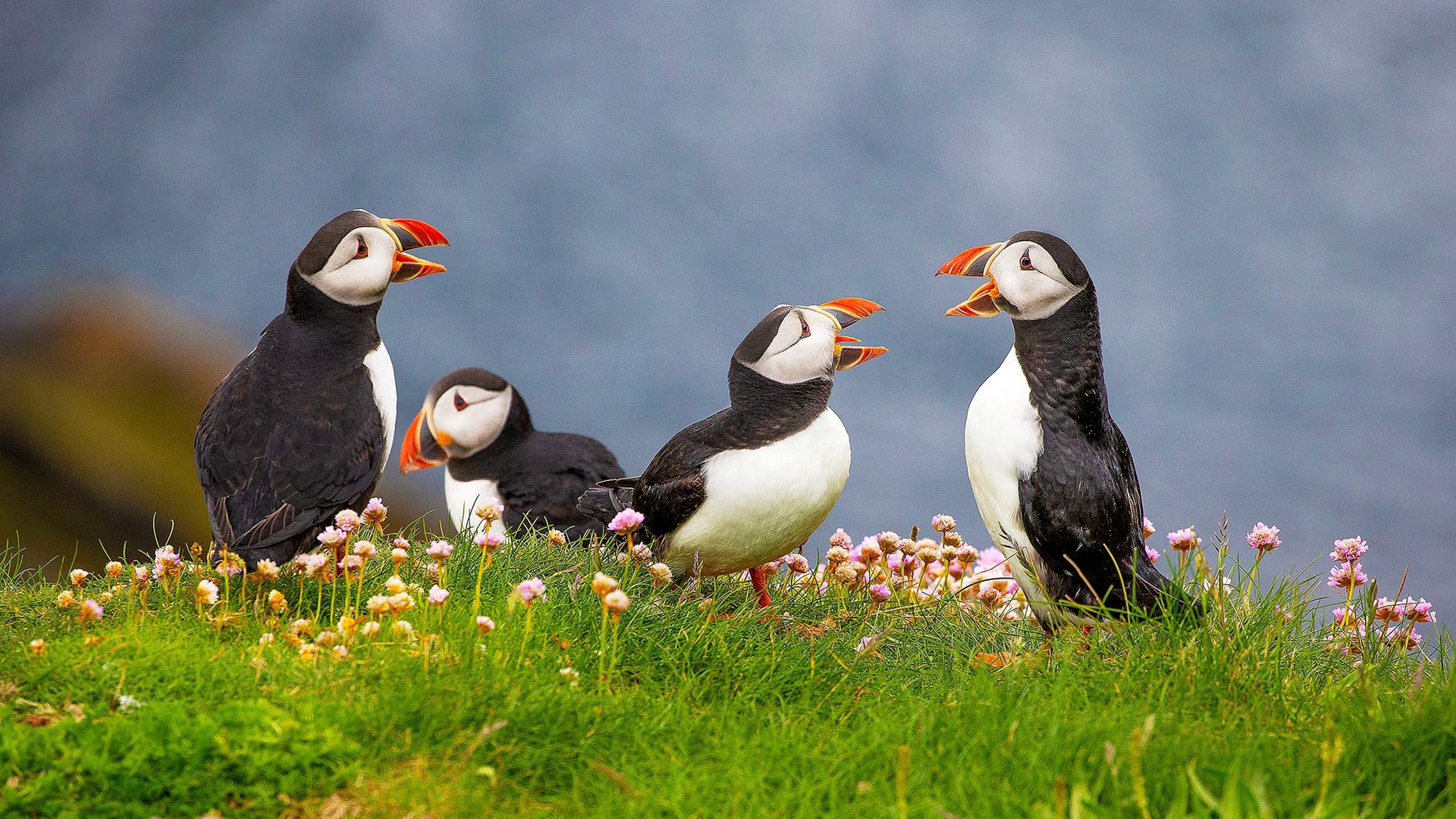
Puffins are small seabirds, no bigger than 25cm with black and white feathers and distinctive bright beaks. Puffins spend the winter out at sea which means you’ll need to visit a breeding colony in spring or early summer to see the sea parrots as they’re commonly called.
Where to see puffins in the UK
Puffins are on the Red List of Birds of Conservation Concern which means you'll need to venture to one of the few places known to have a breeding population in the UK. Here are a few places to see Puffins:
- The Farne Islands, off the coast of Northumberland, are some of the best places to see puffins up close. The Farne Islands are easily reached via a boat trip from Seahouses near our Beadnell Bay Club Site.
- Skomer Island in Wales is carefully managed to protect the habitat, but you can book a day trip and participate in the regular birdwatching walks and events. Our St Davids Club Site is a good nearby base, offering beautiful views of the Pembrokeshire coast.
- Bempton Cliffs Nature Reserve in Yorkshire sees around 1 million seabirds gather on the cliffs from March to October. Visit from April to July for the best chance to see puffins. Stay on our Scarborough Club Site to be within easy reach of local attractions.
Wild boar
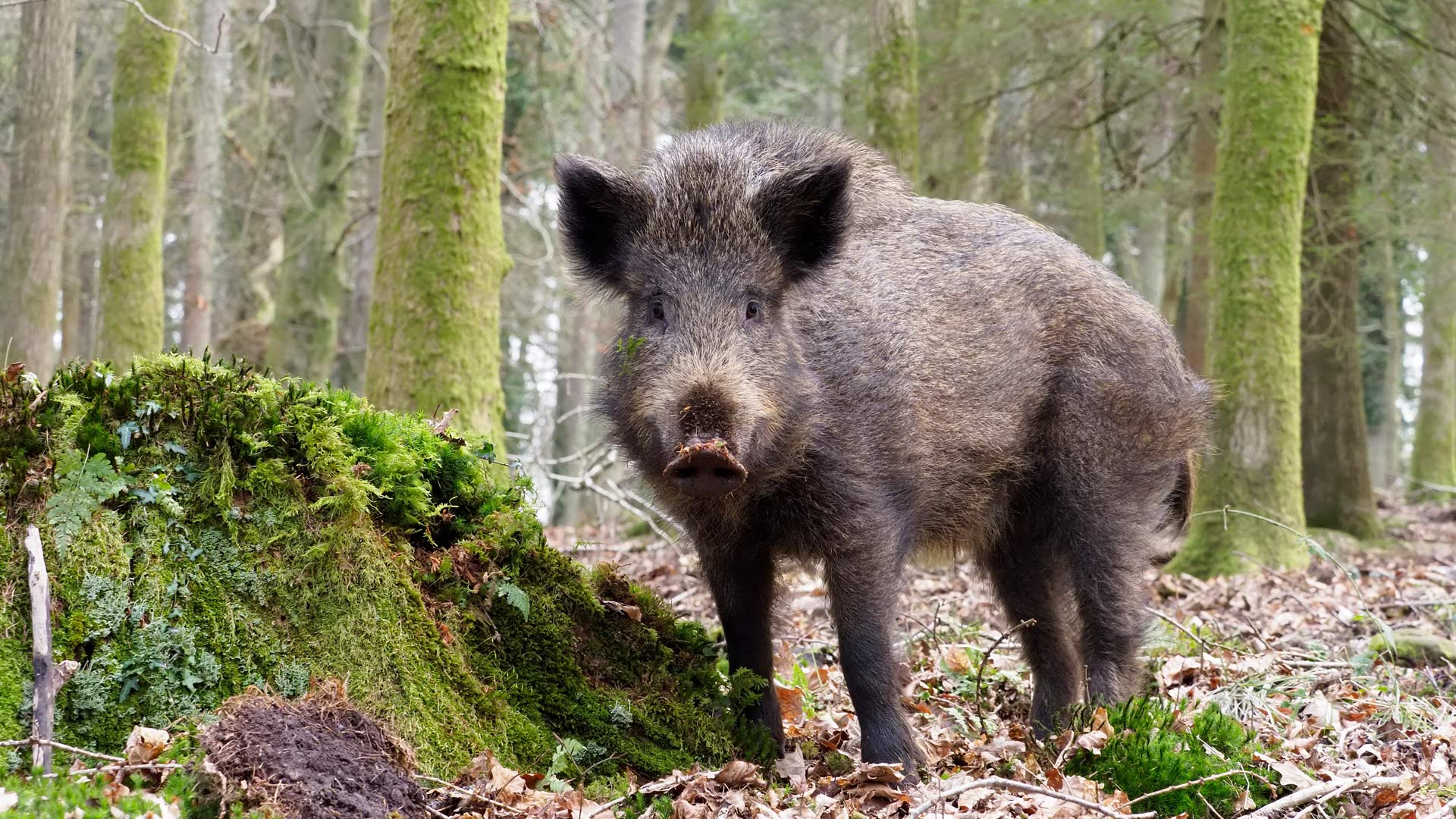
These stocky woodland pigs are brilliant habitat regenerators. Wild boar use their strong snouts to plough through the soil in search of tasty bulbs, acorns and insects and, in the process, turn over the ground and distribute seeds. You can see wild boars year-round; however, piglets are born in the spring when they start to emerge and explore their habitat. Be mindful not to disturb a protective mum with her piglets, once you've spotted them and taken your photo, walk in the opposite direction.
Where to see Wild Boar in the UK
The population of wild boar in the UK is the result of captive animals being illegally released. Your best chance of spotting a wild boar in the UK is in the Forest of Dean, where the population is thriving.
Hares
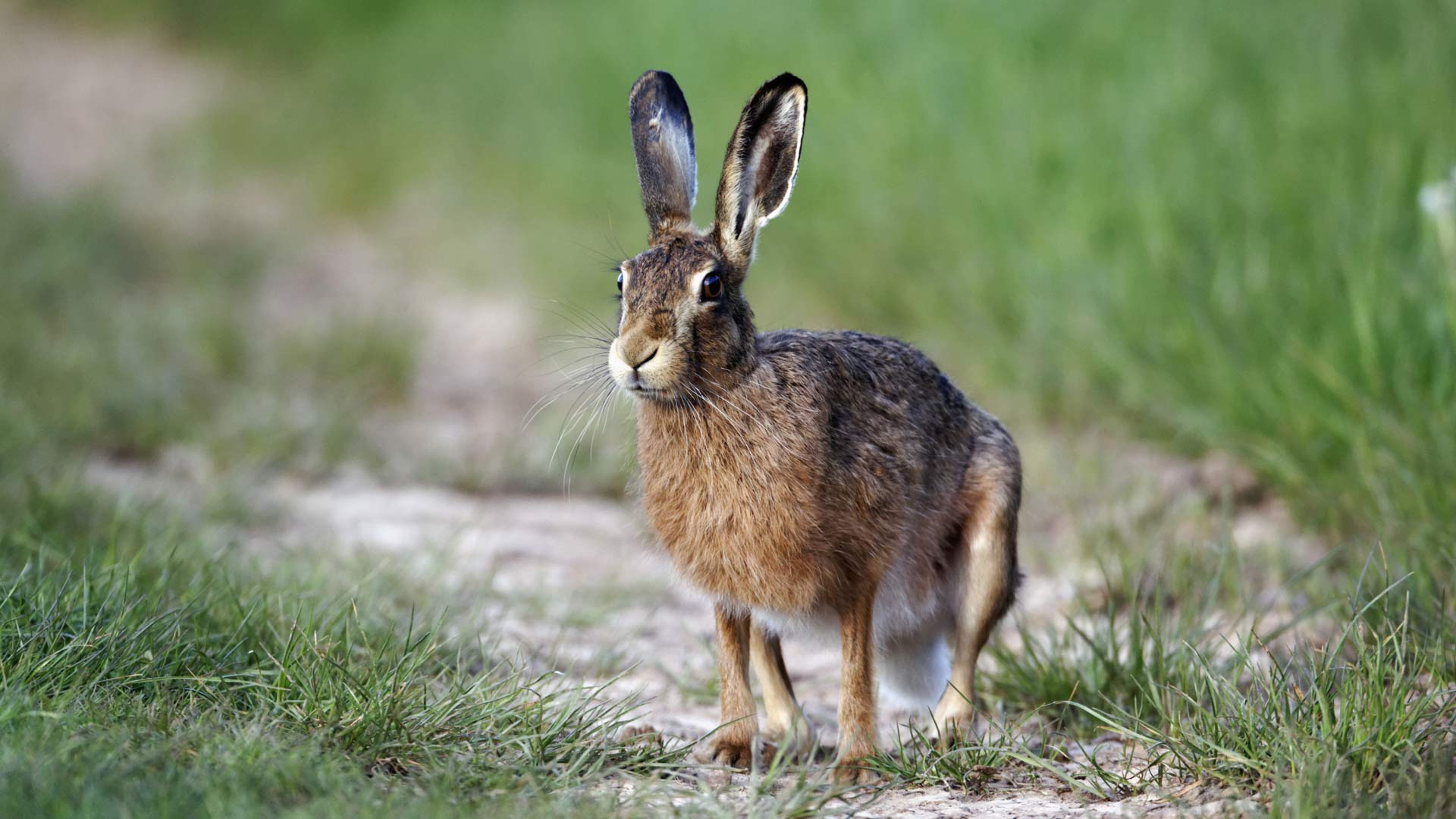
Britain's fastest land mammal, the hare, is easiest to spot in the spring because it is mating season.The saying "Mad as a March hare" is believed to have come from the animal's behaviour throughout mating season. Boxing is a commonly observed behaviour as females try to fend off males from early March. While there are three types of hare in the UK, you're most likely to spot a brown hare, with its long ears and size being the most distinguishing factors from wild rabbits you're used to seeing.
Where to see hares in the UK
Dawn and dusk are the best times to watch for hares making their way across farmland, open fields and woodland habitats.They're widespread across the UK, although the population is in decline. Here are a few nature reserves reporting hare sightings:
- Brockholes Nature Reserve in Lancashire, around a 30-minute drive from our Clitheroe Club Site.
- Upton Broad and Marshes in Norfolk, less than a 20-minute drive from our Norwich Club Site.
- Woodside, next to Shipley Country Park in Derbyshire, is a 40-minute drive from our Nottingham Club Site.
Black grouse
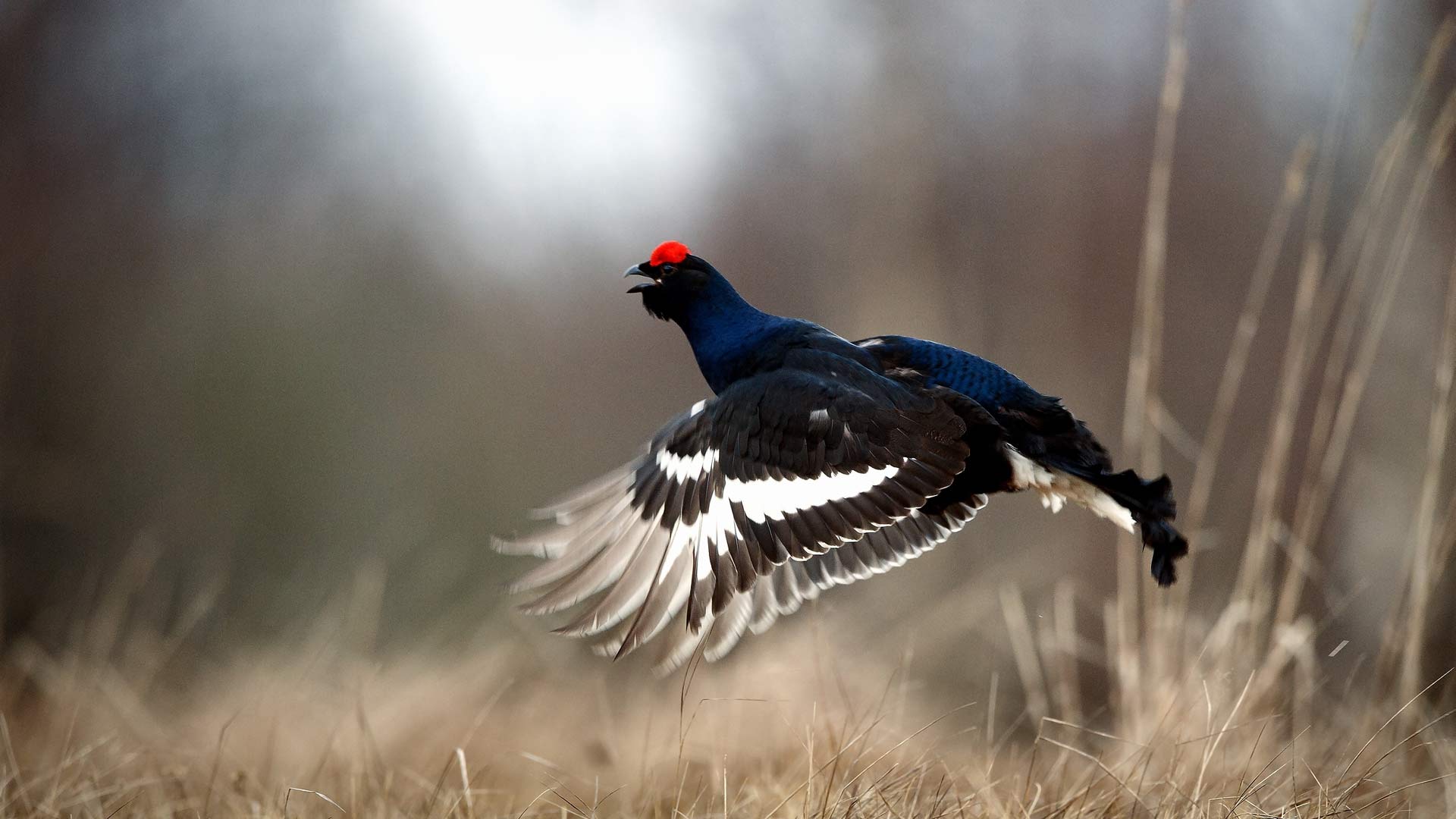
Black grouse males and females differ in their appearance; the males are the distinctive black birds with a red wattle above their eye that you'll have seen images of before. Females are a grey-brown colour and are smaller than the males. Mating season peaks in mid-May when the males put on their flamboyant display of fanning their tails.
Where to see black grouse in the UK
Unfortunately, the black grouse is on the Red List of Birds of Conservation Concern, and numbers are quickly declining. Pinewoods and upland woodland areas across Scotland and Wales are good places to watch for Black Grouse. Our Bala Club Site is within reach of Worlds End, a mountainous moorland in Wales. The Cairngorms National Park, near our Tarland Club Site is a beautiful destination, and you'll have a good chance of seeing the birds there.
Wildlife to see in summer
Wild ponies
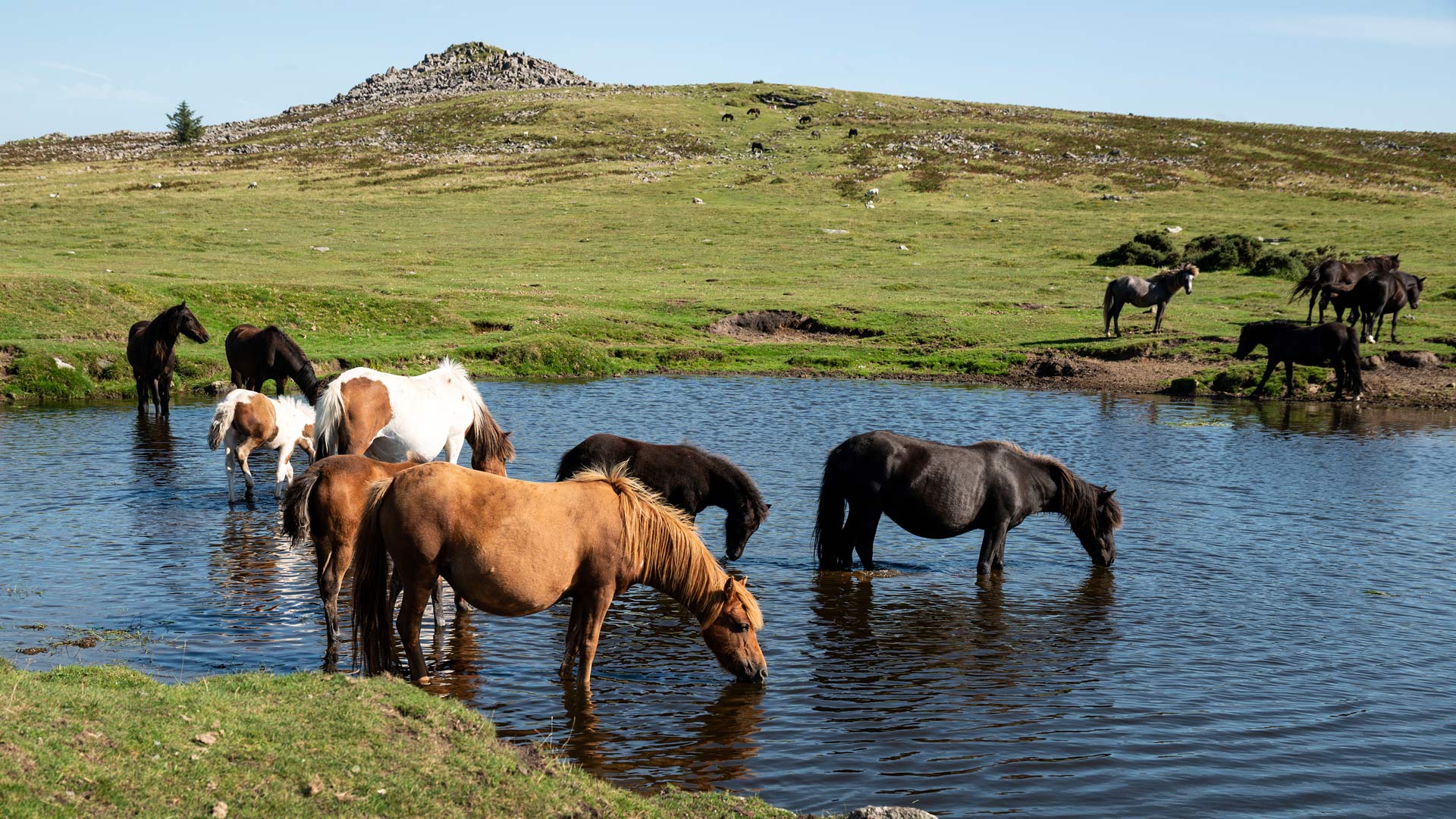
Horses and ponies graze on tougher grasses and herbs than other animals so are great for diversifying habitats. Today the ponies you'll see in parts of the UK are only semi-wild, as the true wild horses across the British Isles were driven to extinction by hunting.They're wild in the sense that they can go mostly where they please but their owned and their welfare is monitored.
Where to see wild ponies in the UK
There are several places in the UK to spot free-roaming ponies; however, it's worth noting that they're not to be touched or fed and can pose a danger during mating season. These places are home to some of the biggest herds of ponies in the UK:
- The Dartmoor National Park is home to around 1,500 ponies which thrive on Dartmoor despite harsh winter conditions.
- The New Forest has around 5,000 ponies that are never hard to find.
Sharks
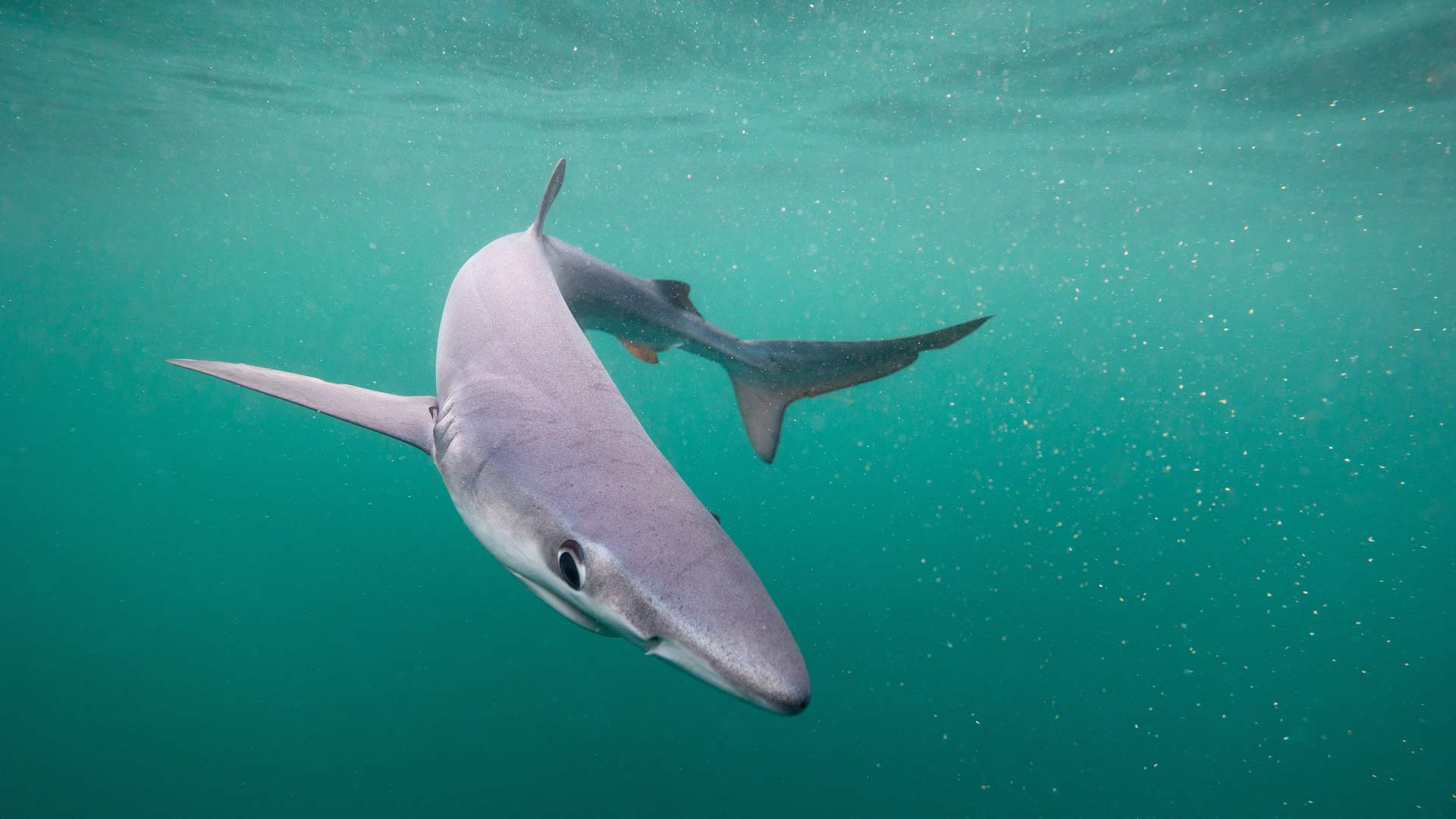
You may be surprised to hear that around 30 different species of shark visit the British coast each year and the number is on the rise. As the waters along the coast warm up in the summer months, we get plenty of visiting species, including basking sharks and blue sharks.
Where to see sharks in the UK
- Cornwall is often frequented by sharks during the summer months. Basking sharks are the most common species you’ll see here followed by blue sharks. Set yourself up on a clifftop for great coastal views, or join one of the many boat tours for a chance at seeing one.
- In the Hebrides, the summer months welcome basking sharks to the west coast of Scotland. You’ll find many boat trips set off from Oban, near our Oban Club Site and travel around the isles to popular feeding sites. You’ll get the chance to swim and snorkel with the sharks or watch from the boat.
- Head to Dorset, for a glimpse of a blue, thrasher or basking shark. Lyme Bay is a great spot for keeping a lookout and you might also get to see minke whales and common dolphins during your visit.
Beavers
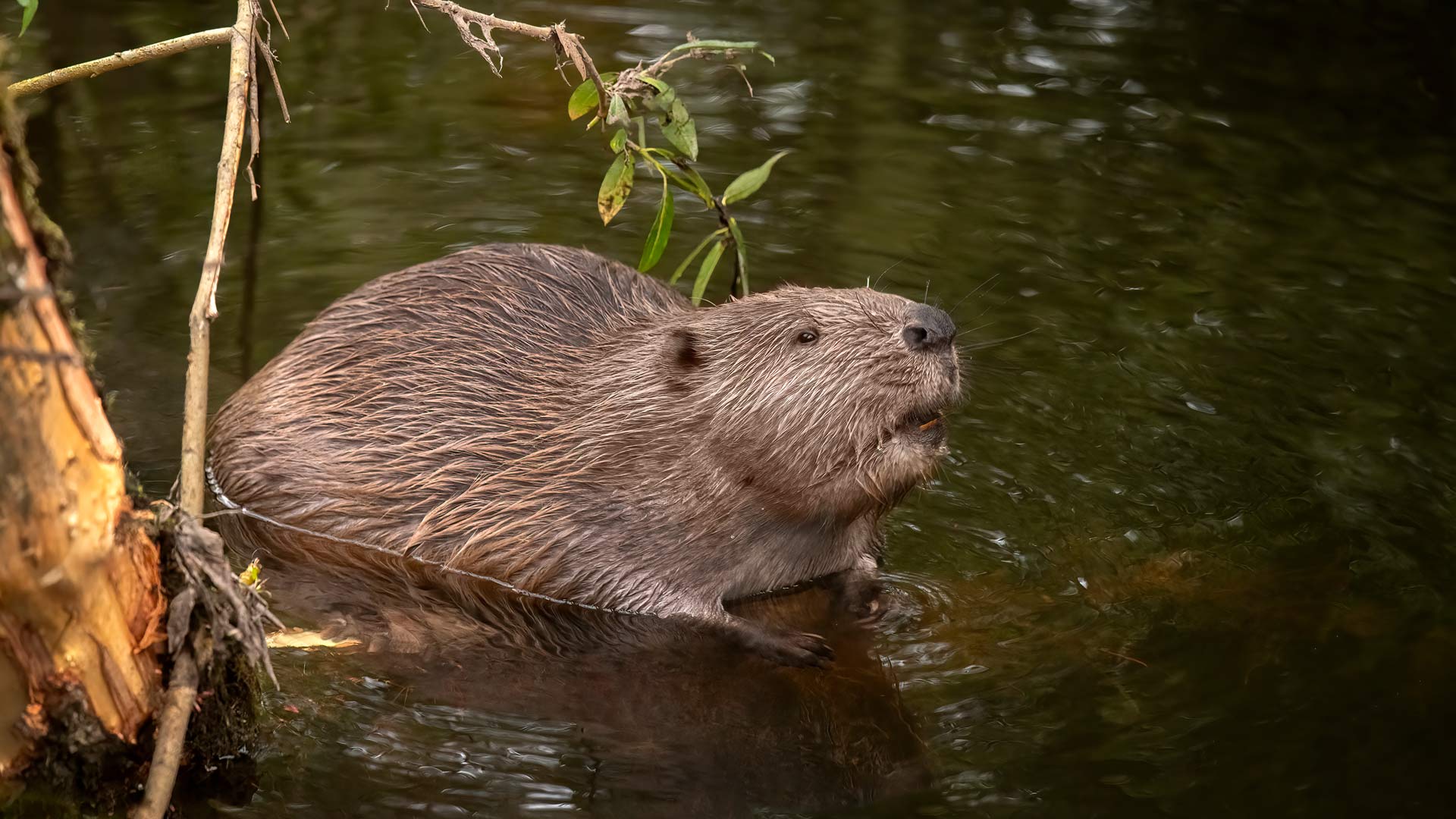
Sadly, in the 16th century, Beavers were hunted to extinction in the UK, but the great news is that reintroduction efforts have brought them back! Their dam-building abilities and tree-cutting skills benefit the habitats in which they live.
Where to see beavers in the UK
- Knapdale Forest in Scotland was the first site of reintroduction in 2009, and in 2016 it was announced that beavers were allowed to remain in Scotland. Today, you can walk along the Beaver Detective Trail and if you time it just right you may be lucky to spot one.
- The River Otter has good public access and is home to a number of beavers. You’ll see evidence of them around the river if you walk the 12-mile path from Budleigh Salterton to Honiton. Stay on our Charmouth Club Site nearby.
Dolphins
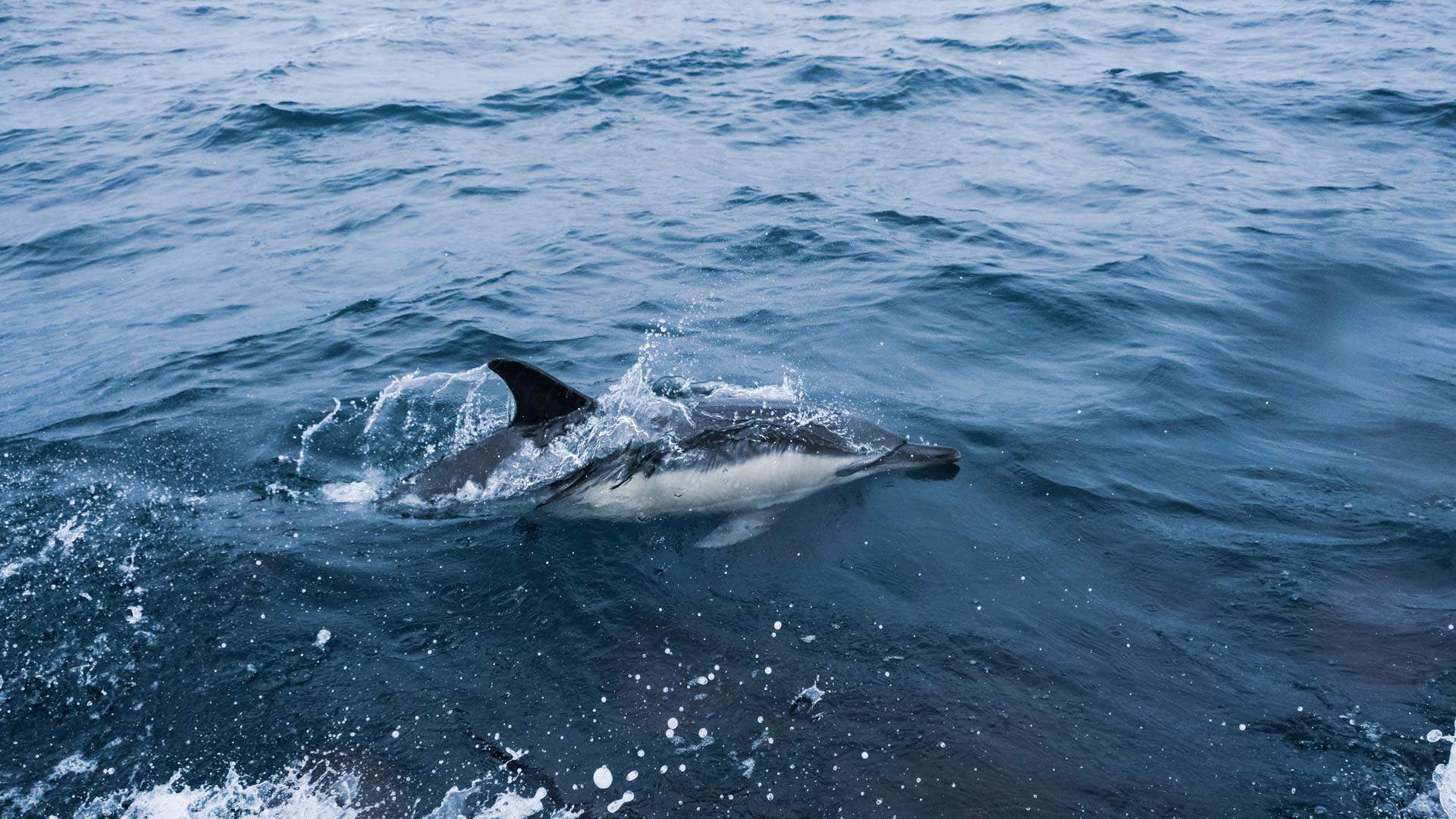
Around seven dolphin species are to be spotted in the UK's waters. The most common species to spot are bottlenose and common dolphins. The UK is also home to several species of porpoise and even whales!
Where to see dolphins in the UK
Whether you're looking for a boat trip or a blustery spot on headland, there are plenty of ways and places to spot not only dolphins but whales and porpoise too.
- Cardigan Bay in Wales has the largest population of bottlenose dolphins and they're easy to spot every day throughout the summer. Book a boat tour around the coastline to see them, you might even get to see the porpoise and whales too!
- Durlston Head in Dorset is a brilliant place to enjoy a walk along the clifftop trail with a pair of binoculars.
- Chanonry Point, just a short walk from our Rosemarkie Club Site is said to be a great place to watch dolphins come in with the tide.
Wildlife to see in autumn
Red squirrels
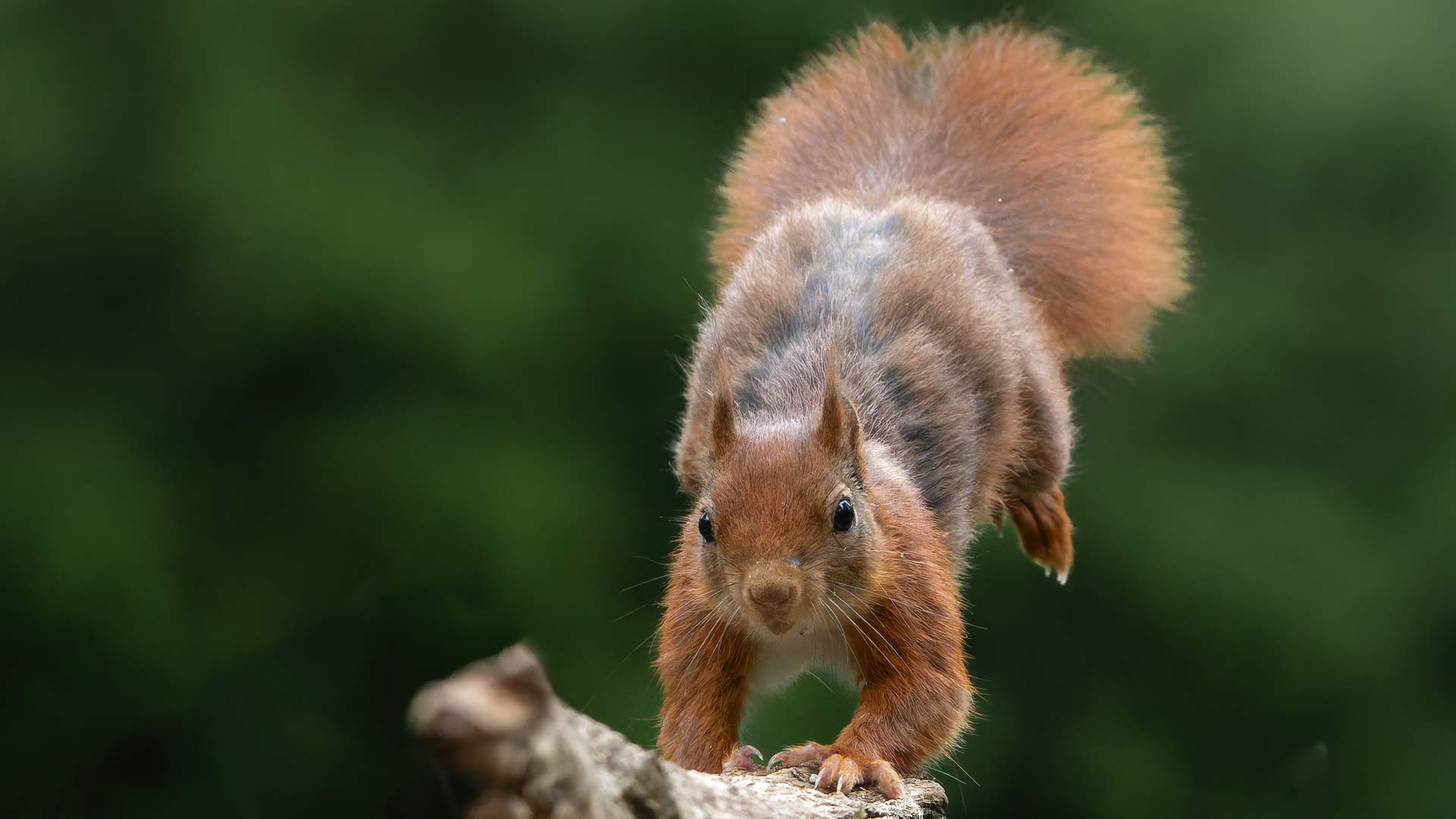
With tufts of fur on their ears and a wonderful red coat with a white underside, the red squirrel is much harder to spot than its grey counterpart. Autumn is the best time of year to see them, when they're foraging for their winter supplies and there are fewer leaves in the trees to obscure the view.
Where to see red squirrels in the UK
Northern England and Scotland are some of the best areas to spot red squirrels. If you’re camping in Scotland, keep an eye out for the distinctive flash of russet as you explore woodland and forest areas. Here are a few specific locations, known for their red squirrel numbers.
- Smardale Gill in Cumbria has been a thriving woodland since medieval times, making a rich environment for all woodland animals and fauna. Those camping in the Lake District will be no more than an hour away from here. Nearest campsite: Kendal Club Site
- Loch of the Lowes Visitor Centre and Wildlife Reserve has feeder boxes and rope walkways set up within metres of a large observation window. Nearest campsite: Scone Club Site
- Loch Lomond and The Trossachs National Park Authority are putting in large efforts around the conservation of the red squirrel. By creating habitats free of grey squirrels, there are a number of hot spots to visit on your squirrel spotting quest. Nearest campsite: Milarrochy Bay Club Site
- Campsite staff at Oban and Tarland Club Sites have also spotted red squirrels on site!
Salmon
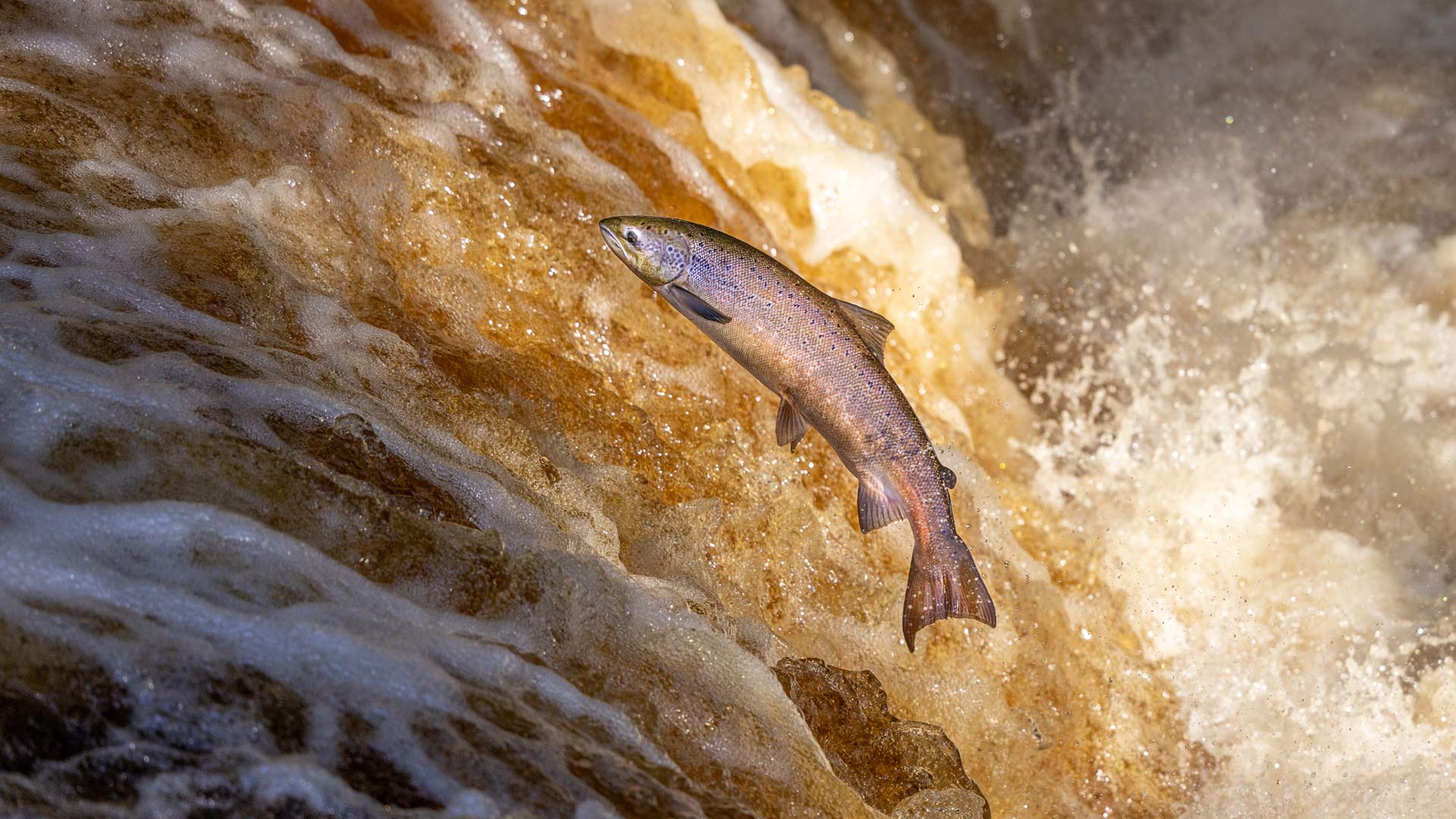
During October and November, look out for leaping salmon as they go from the Atlantic back to the rivers they were born in. The salmon run is one of the great spectacles the UK is treated to in the Autumn.
Where to see salmon in the UK
Head to the Wye Valley and to Gilfach in Powys where the Salmon Stone Circular Walk allows for a view from above of the salmon leaping upstream.
Starling murmurations
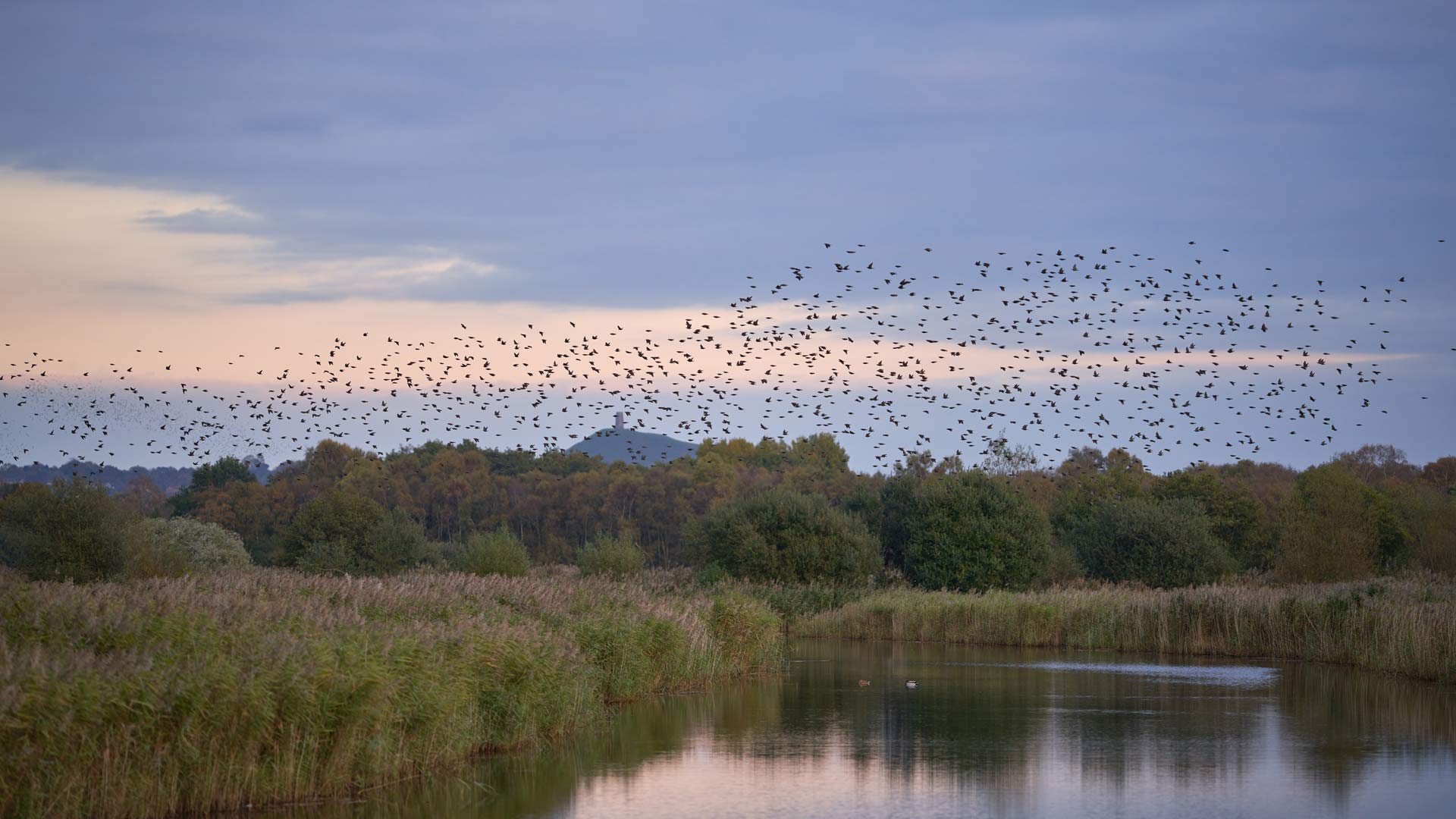
The sight of thousands of starlings swooping and moving in perfect unison is a fascinating experience. Late September through to the end of autumn is the best time of year to see the roosts.
Where to see starling murmurations in the UK
Wildlife is notoriously unpredictable, but the locations below are regularly treated to the starling murmurations.
- Gretna Green, Scotland. Nearest campsite: Haltwhistle Club Site
- Ham Wall Nature Reserve, Somerset. Nearest campsite: Cheddar Club Site
- Leighton Moss, Lancashire. Nearest campsite:Kendal Club Site
Wildlife to see in winter
Seals
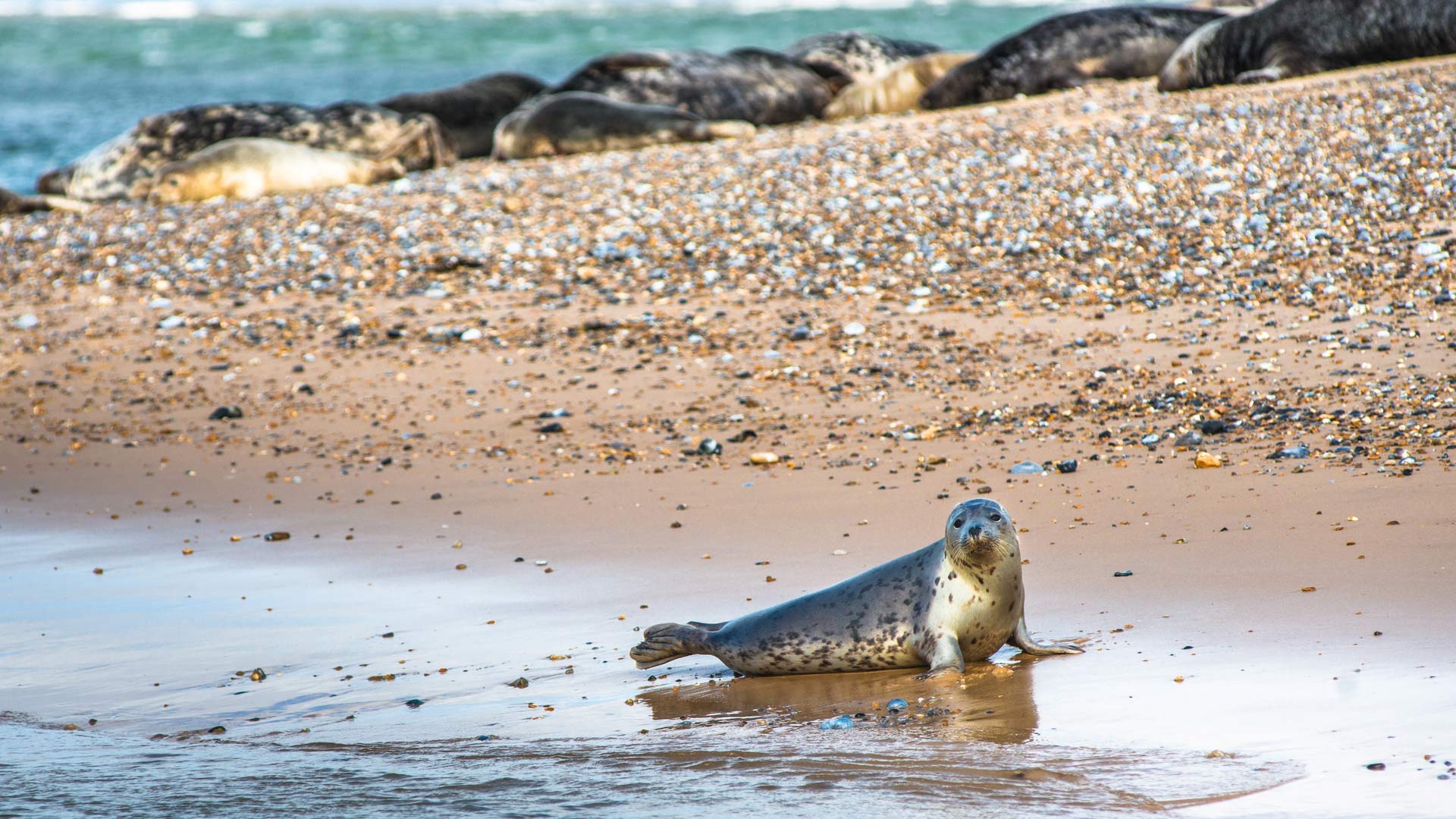
Over 30% of the world's grey seal population calls Britain home. Spotting seals from the shoreline is possible, but a dedicated boat trip will give you great views of breeding colonies.
Where to see seals in the UK
It’s easy to see seals in the UK, but please make every effort not to disturb breeding colonies. Staying a good distance away, not getting between a seal and her pup, keeping dogs on leads and staying as quiet as possible are just a few of the ways to keep interference to a minimal level.
- The Blakeney National Nature Reserve in Norfolk is great to visit from November through to January when the grey seals give birth. The best way to see the colony is on a boat trip from Morston Quay.
- The Orkney Islands in Scotland are another place to go seal watching in the UK. Orkney is home to around 30,000 resident seals, the majority of which are grey seals.
- Cornwall has plenty of colonies of grey seals and you'll easily find organised boat trips to take you to see them.
Short-eared owls
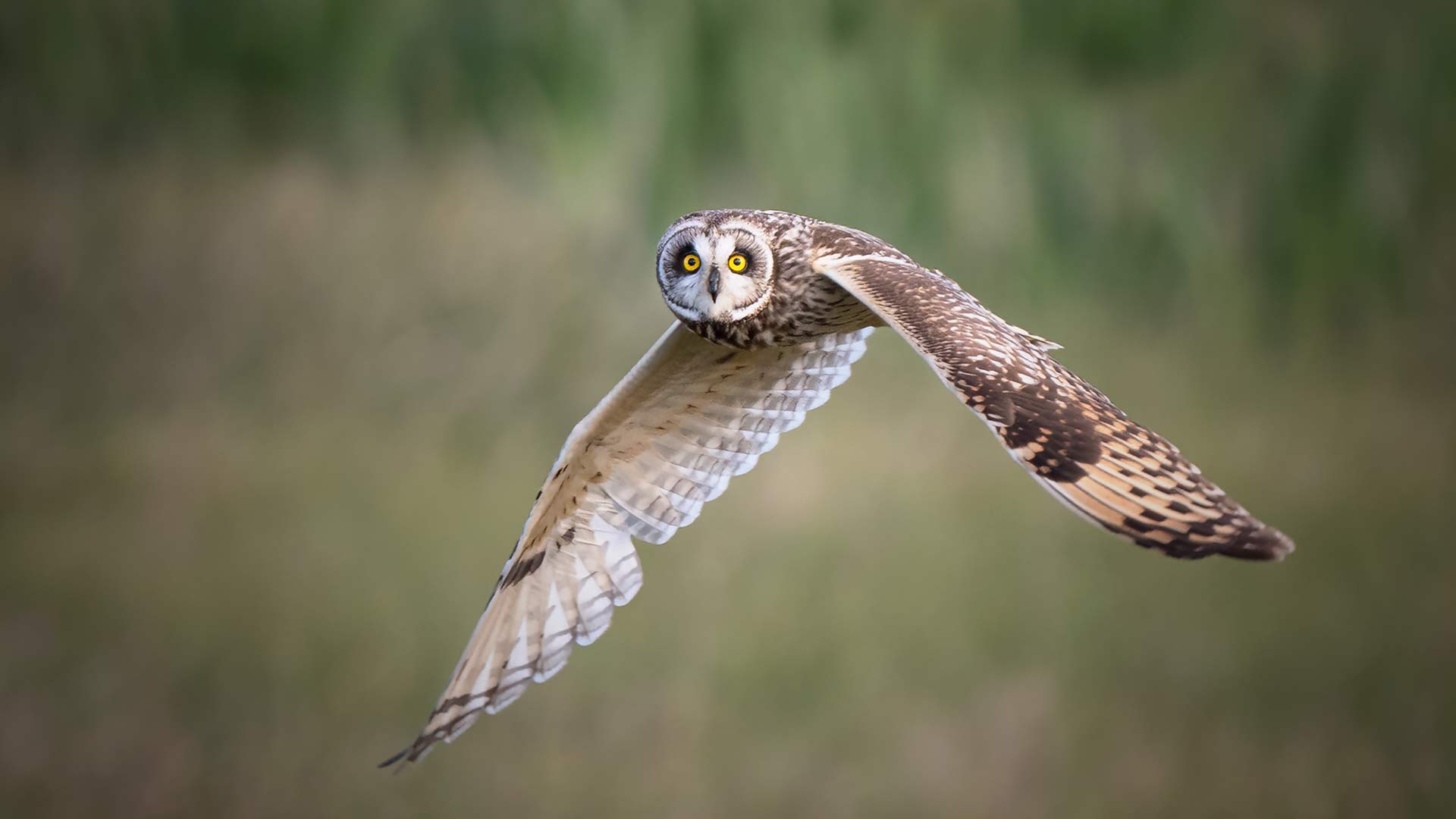
The short-eared owl, unlike others, prefers to be out in the daytime and winter is the perfect season to keep an eye out for them. Flying low over saltmarshes and grassland to hunt, short-eared owls are ground nesting and easily identified in the winter time.
Where to see short-eared owls in the UK
Those in North England and Scotland have the best chances of spotting the short-eared owl but they can be seen across the UK. Our guide to nature reserves in the UK is a good place to find a location. Our Sandringham Club Site is near Pensthorpe nature reserve in Norfolk which has had sightings.
Wildlife to see year round
Deer
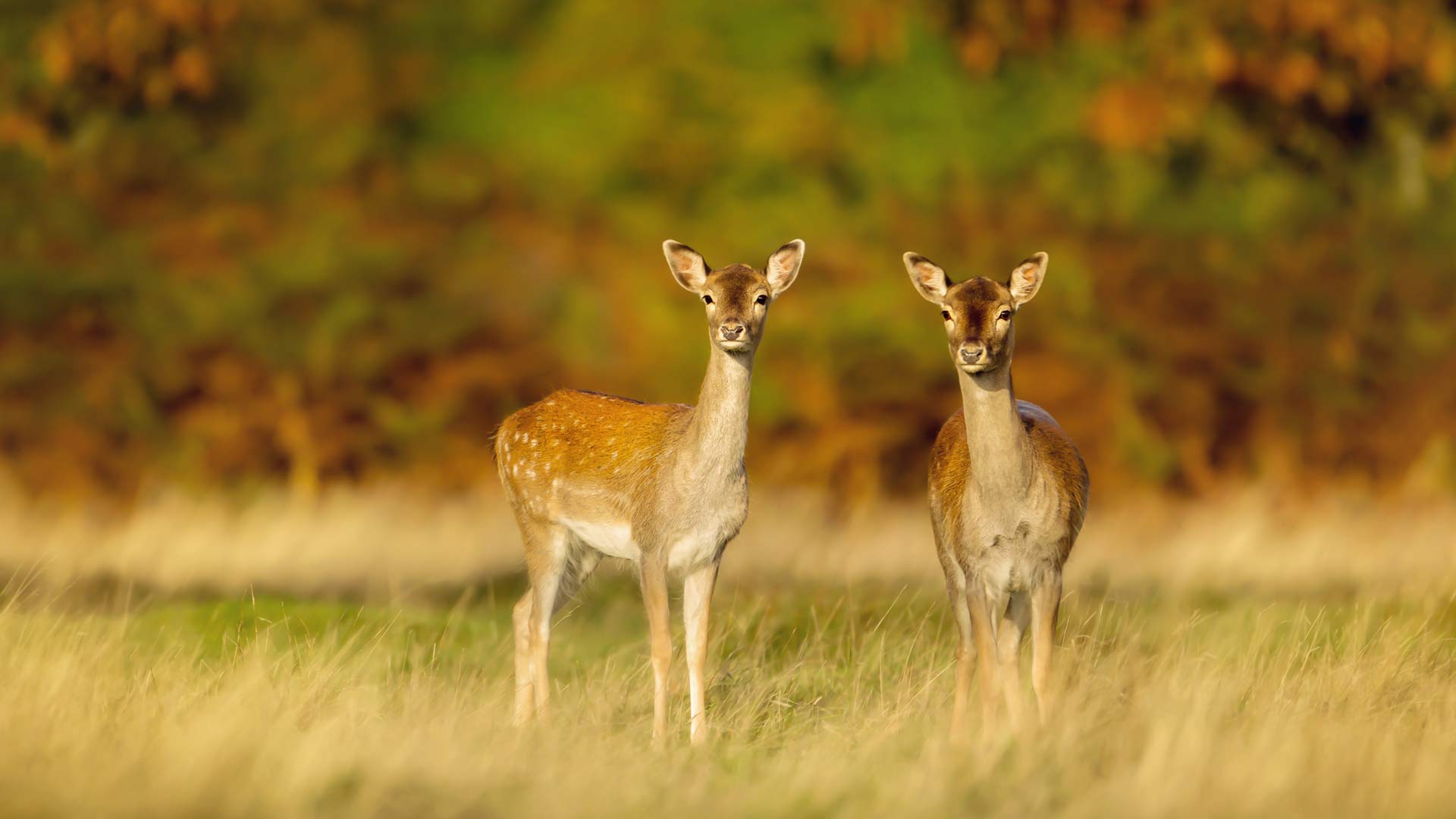
We have a large population of deer in the UK, with six species to look out for. The rutting season (when males fight for female attention) is a great wildlife spectacle taking place during autumn each year.
Where to see deer in the UK
While you can find deer in woodland all over the UK, here are some of the best locations for seeing these graceful animals.
- The New Forest is home to all six species of UK deer. Notoriously hard to spot, you may see the shy creatures along the side of the road at dusk or see signs they’ve been around while out walking. Remember to drive through the New Forest with care as deer-related incidents are frequent.
- Chatsworth Estate has a well-managed deer park which you can visit all year round. Take a picnic or enjoy a gentle walk and you’ll see the estate's fallow and red deer on your visit.
- Exmoor National Park is home to around 3,000 red deer. You can book to go on a tour, but walkers will often come across a herd by chance.
- Campsite staff at Kingsbury, Clent Hills, Verwood, Theobalds Park and Mablethorpe Club Sites have all caught a glimpse of deer.
European bison
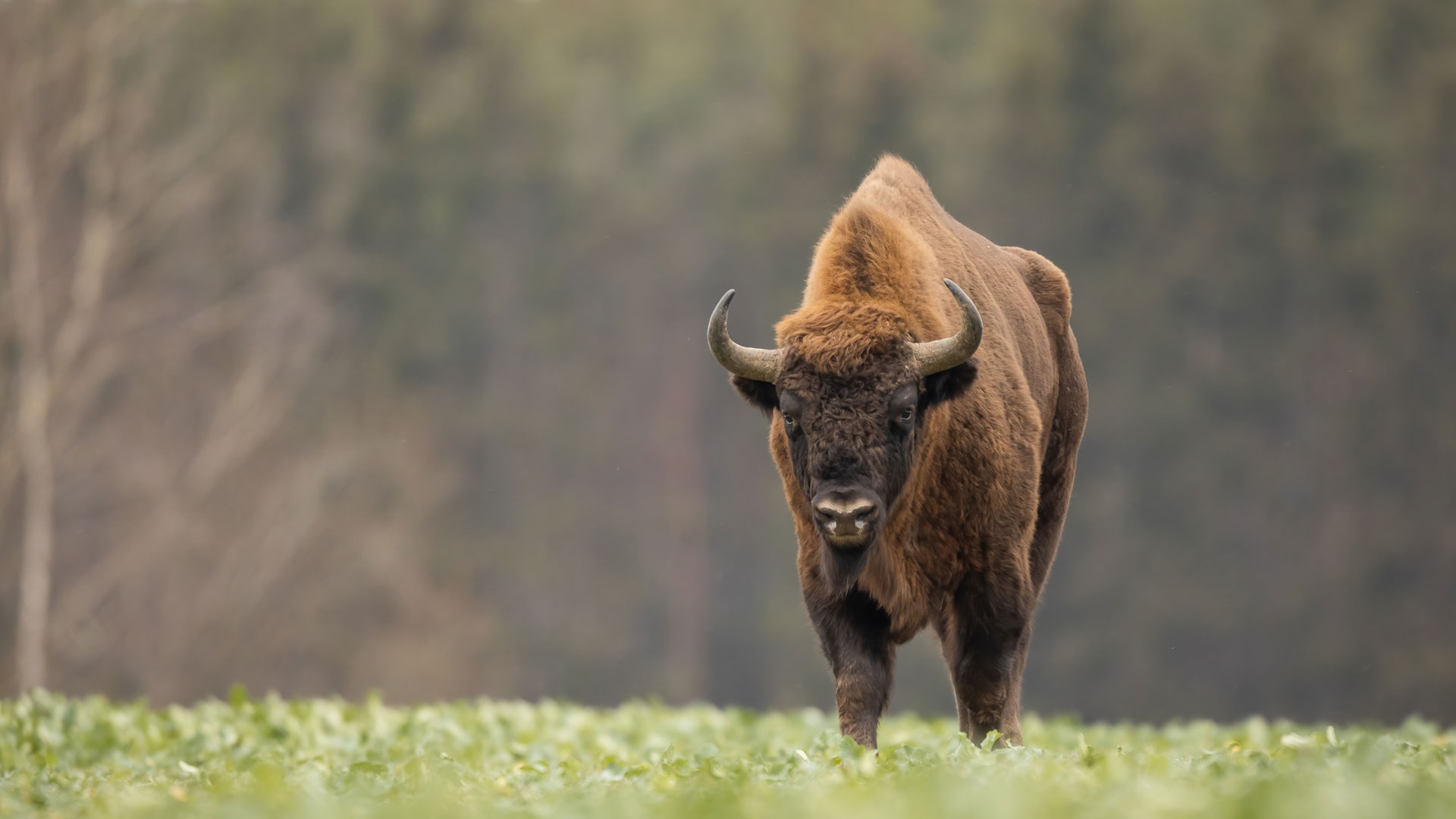
In 2022, the European bison was released in West Blean and Thornden Woods in Kent. The bison graze grasses and woody vegetation and are brilliant at spreading seeds that stick to their fur. The introduction aimed to help restore balance to the woodland. You can spot the bison while walking through the woods, around a 20-minute drive away from our Canterbury Club Site.
Red kite
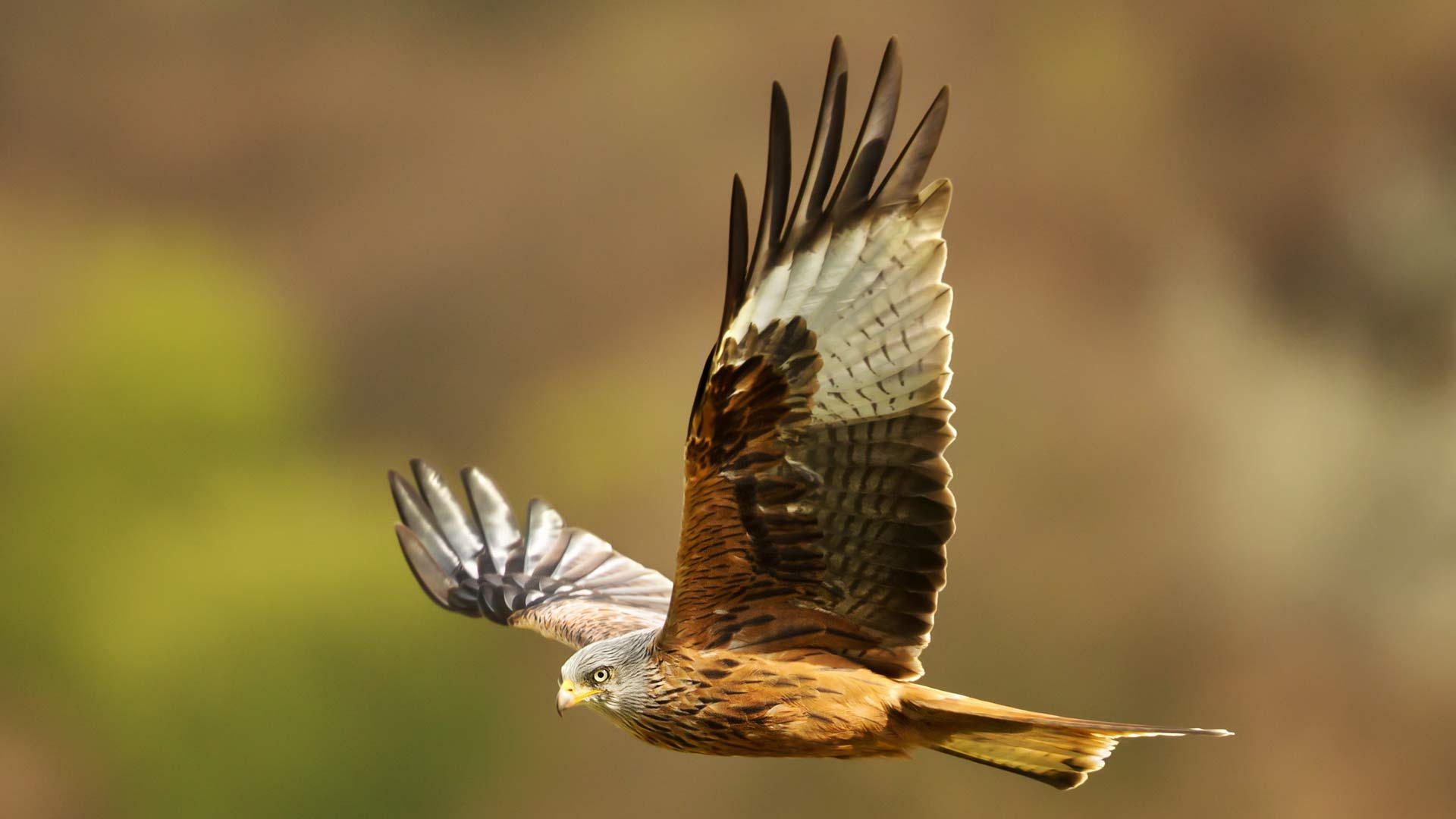
The impressive red kite can be distinguished by its reddish-brown body, deeply forked tail and a wingspan of up to 195cm.
Where to see red kites in the UK
Due to large and successful conservation efforts, you can now see red kites across England, Scotland and Wales. Club Site staff have been lucky enough to see this magnificent bird on Horsley, Verwood, Wyeside, Rhandirmwyn, Theobalds Park, Oban, Llanystumdwy, Clent Hills and Boroughbridge Club Sites.
Those are just a few of the fascinating species that we're lucky enough to have in the UK. Why not try your hand at birdwatching around our club sites? Or, head off to view more holiday advice and inspiration.
